Osteopathic treatment combines profound knowledge of the interactions between anatomy and physiology, the ability to feel the finest tensions with the hands, to recognise their significance for recovery and to resolve them on the basis of osteopathic principles, models, approaches and techniques.
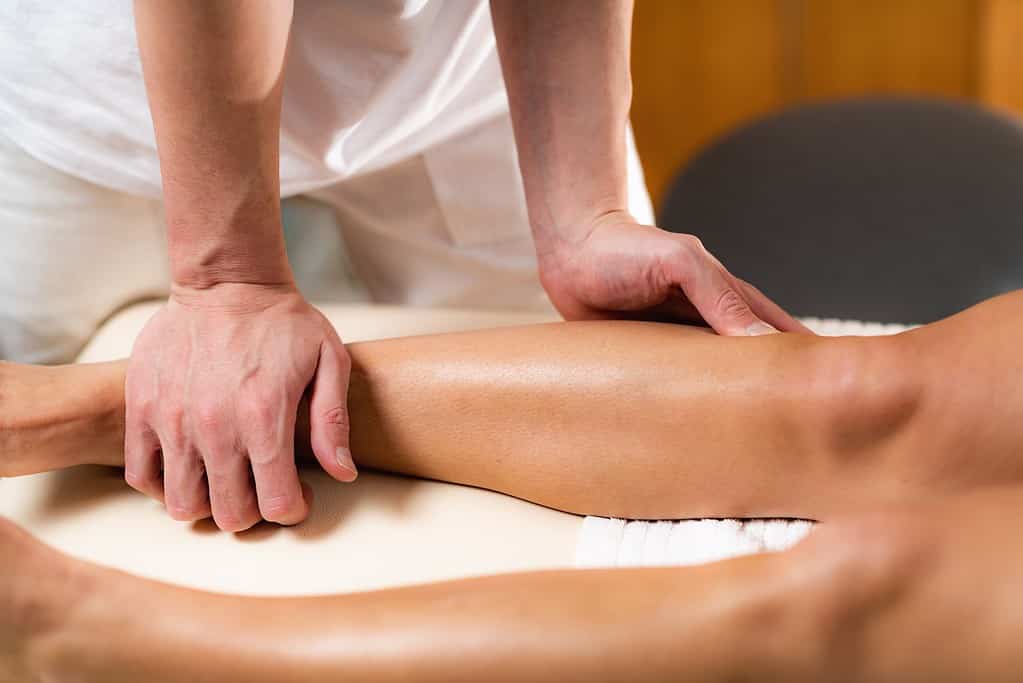
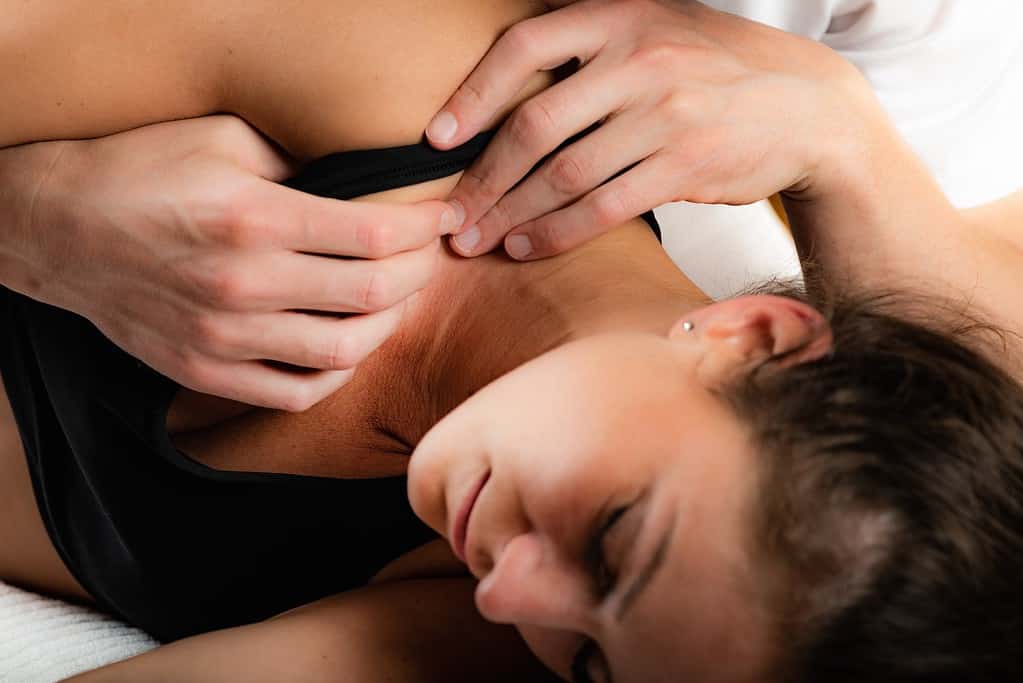

In addition to the desire for healing, osteopathic treatment is always preceded in some way by the desire on both sides, osteopath and patient, to open up more and more deeply to life. Only in the second step is it the experience and knowledge and the quality of the touch...
The first information about your state of health and your attitude towards life you have already unconsciously communicated to the osteopath when you entered the consulting room:
through your gait and posture, your voice, your facial expressions. Do you stand and walk leaning forwards, or is your body slightly turned or excessively straight? Is one shoulder slightly raised or does your head lean more to one side? Are you breathing into your stomach or chest? Is your breathing deep and slow or shallow and fast? Such characteristics provide important clues.
The initial treatment is usually followed by a detailed discussion about the reason for the consultation. This anamnesis discussion also includes the history of the illness or the feeling of illness.
Things can play a role here that at first glance may have nothing to do with your complaints. In addition to long-ago accidents, illnesses, operations and emotional stress, these may also include your current life situation, lifestyle habits (diet, exercise and sleep behaviour, etc.) and work situation.
Ultimately, your osteopath will want to hear your life story from the beginning of conception or even before, pregnancy, birth, early childhood up to the present time. All of these experiences may be related to your current complaints, especially if they have been present for some time.
You should also tell the osteopath about anything that seems important to you during this consultation. Blood tests or intestinal analyses or radiological images may also be necessary. Firstly, our hands can do a lot, but not everything.
For example, the important question of the composition of your intestinal bacteria or whether you have a permeable intestinal barrier, which is partly responsible for your symptoms, can only be answered by combining information from the medical history, touching the abdomen by hand, possibly from the results of a completed questionnaire and, if necessary, from a stool sample analysis.
Hand contact is the main part of treatment in osteopathic practice. The mobility, elasticity, tension and energetic state of joints, muscles, organs, nerves, vessels and other tissues are also diagnosed using the hands in the examination of the body and related to your life situation.
If necessary, further medical examinations will be arranged, such as radiological, neurological or blood tests.
Osteopaths do not work with specific techniques for specific illnesses, but try to identify the individual factors that have led to the disorder in the organism for each patient. It is therefore possible that two people with exactly the same complaints are treated very differently.
As it is a holistic approach, osteopathic treatment not only addresses the tissues of the body, but also touches the patient's heart and mind.
Ultimately, it is the experience, knowledge and empathy of the osteopath that enables him to understand how life circumstances from the past and present can have an influence on certain disorders, such as pain, and how the connection to tense muscles, tightened fascia, fixed joints, altered gliding abilities of nerves or vessels actually is.
This understanding can only be developed together with the patient. In the end, it is essential that the patient understands how everything is connected. Because then there is even the possibility of living life much more consciously and responsibly and, in the long term, a much deeper, more comprehensive healthy feeling than has perhaps ever existed. In this sense, the osteopath is not just a therapist, but rather a companion. Together they explore, by means of sensitive touch, how everything is connected and can develop in the direction of well-being.
For example, a small tense muscle at the lower edge of the back of the head, such as the semispinalis muscle or the rectus capitis posterior major muscle, which irritates an even smaller nerve, the occipital nerve, which may be associated with tension headaches. Of course, short-term relaxation of the muscle can help. But what causes the muscle to tense up? There can be a variety of influences and usually a combination of influences: for example, already increased inflammatory factors in the blood due to eating too much cereal and sweets and/or too much motionless sitting, then finally because certain feelings and belief patterns that have been working in secret since early childhood and unconsciously influence posture.
Perhaps the trigger was a fall or a separation from a partner, but focussing solely on the trigger is far too short-sighted Link. The osteopath's and patient's understanding of these connections is always dependent on their own experiences in life and work. Osteopathic treatment is therefore always very individualised, a shared journey for a certain period of time and is sometimes also able to profoundly change lives.

An osteopathic treatment usually lasts between 30 to 45 minutes.
Osteopathy can achieve profound effects - in some cases within just a few consultations. Complex issues usually require a longer treatment period.
For acute complaintsIn the case of symptoms that are not due to a chronic illness, two to three appointments at intervals of around one week to five weeks are often sufficient.
For chronicSix or more sessions may be necessary for recurring conditions. Treatments are usually carried out at intervals of four to six weeks.
"When all the systems of the body are well ordered, health reigns."

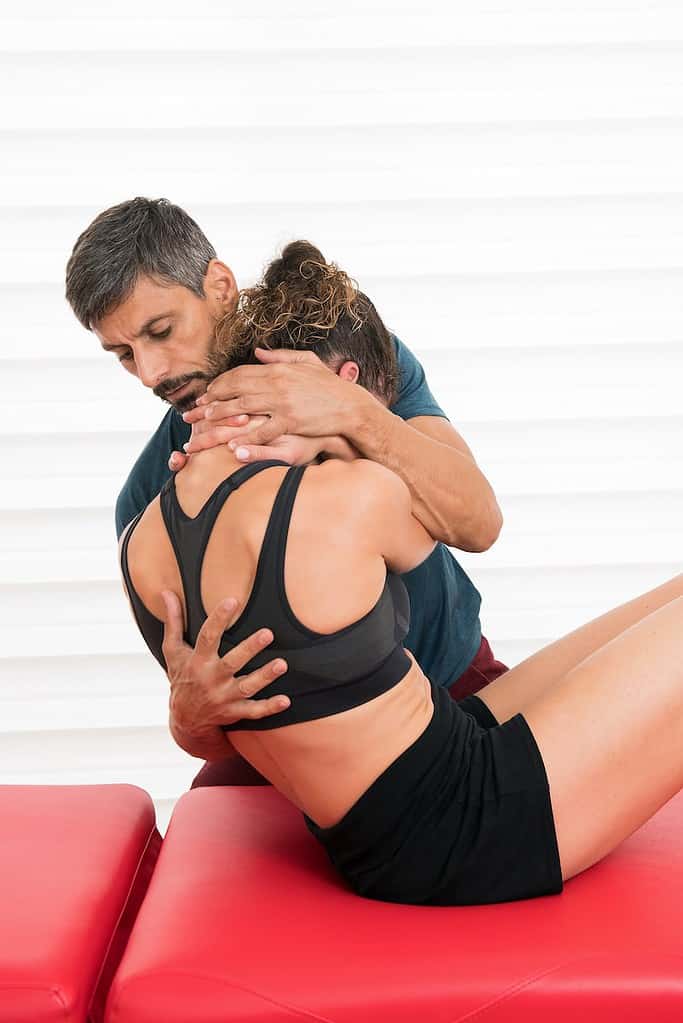
Many insurance companies subsidise the therapy. Please ask your health insurance company whether the costs of osteopathic treatment are covered, at least proportionally.
The fee is based on the fee schedule for alternative practitioners (GebüH). If you are unsure, please clarify in advance whether your private health insurance will cover the costs.
One treatment session costs:
If you have statutory insurance and supplementary insurance, we need the details (name) of the supplementary insurance. The invoice you receive as a "purely" legally insured person is not sufficient for the supplementary insurance! If an invoice is issued "incorrectly" due to missing information, we unfortunately cannot make any retroactive changes.
Whenever possible, allow yourself some time to rest after the treatment. The treatment has given your organism new information, allowing a new order and balance to be established in your body.
This can develop better if you are not immediately confronted with new maximum demands. Strong physical stimuli and other excitement should therefore be avoided as far as possible on the day of treatment.
The effect of the treatment can be additionally supported by drinking sufficient fluids (spring water or herbal teas) in the following days to support detoxification reactions.
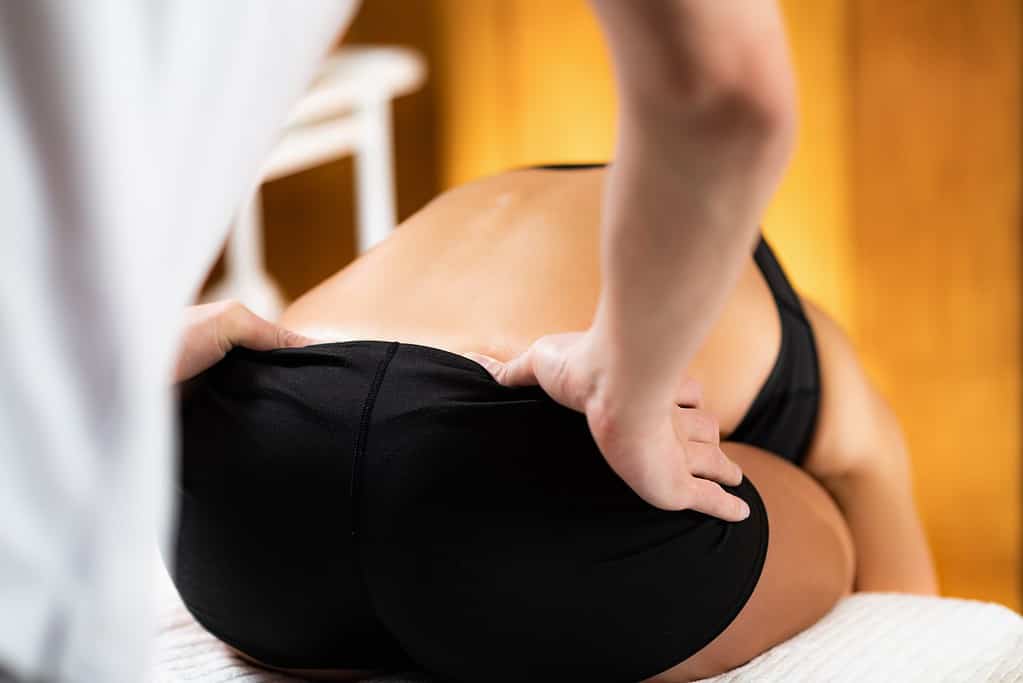

The basis of a good osteopath is a sound knowledge of the entire human anatomy and physiology and their interactions as well as their nervous, vascular and energetic connections.
The hands of an osteopath are not only able to differentiate between the individual tissues of the body, but also to sense their mobility, inherent movements, tensions and energies. Osteopathic diagnosis also makes it possible to recognise connections in the body and their significance for the overall homeostasis (self-regulation) of the organism. In this way, it is possible to look behind obvious complaints and detect underlying causes.
Mental attitudes In consciousness and emotions are expressed in the body through certain tissue tensions, just as the condition of the body structures determines certain emotional states. An open, listening palpation, in the sense of a conscious touch, can bring the patient back into contact with experiences and traumas stored in the tissues, which he can dissolve and release with this attention alone. The body comes back into flow.
Through targeted impulses the osteopath can cause the body to correct itself and achieve a new inner balance. This enables the body to heal itself.
"Inspiration from friend to friend: Key is Be In The Now. Flow from the Heart. Keep the Mind Meaningfully Present, Flowing with Breath Awareness in the Now "

With my blog I would like to make the field of holistic health consisting of expert knowledge and practical insights on MIND, BODY and LIFESTYLE accessible to the general public.
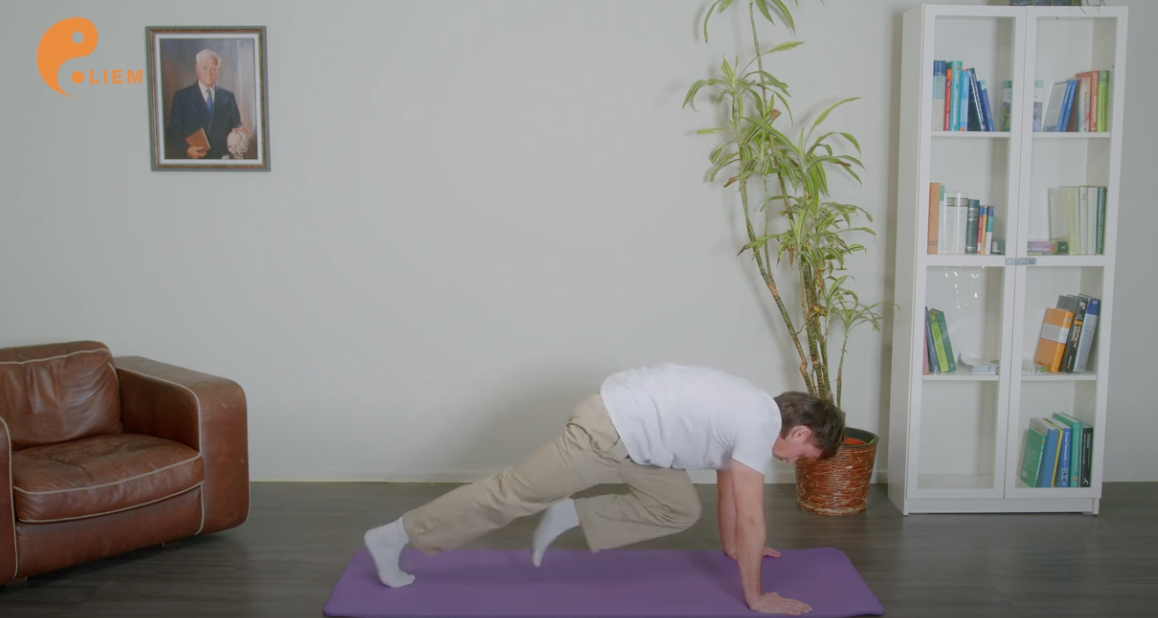
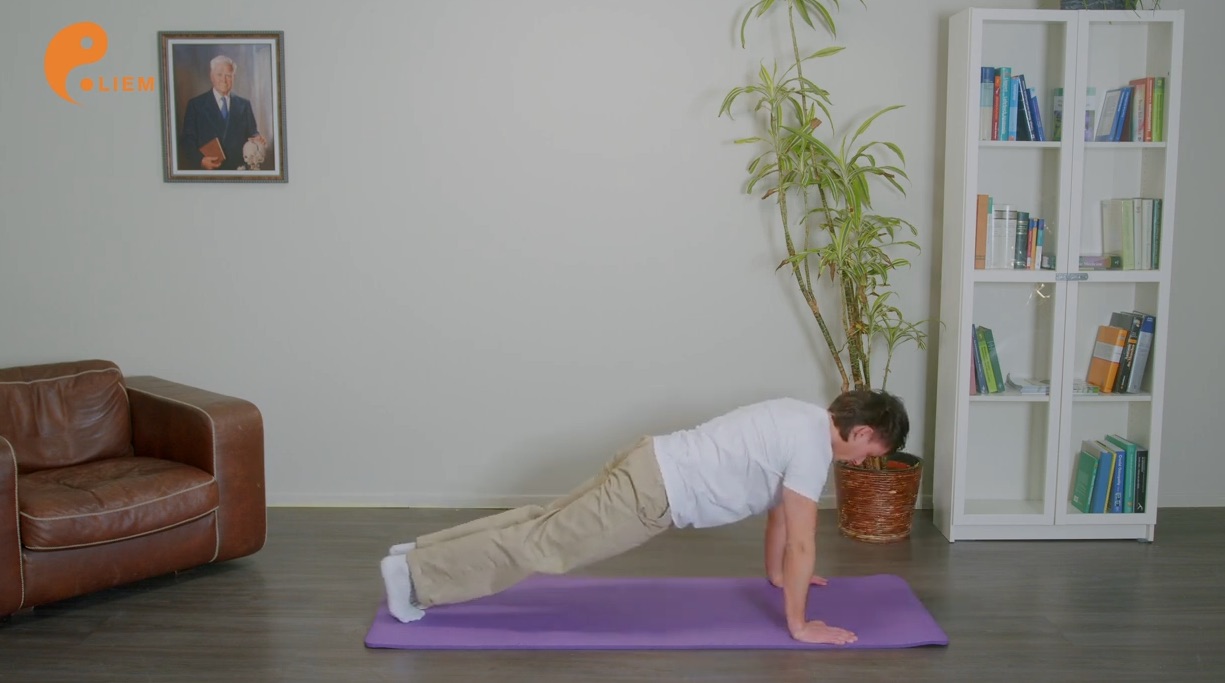
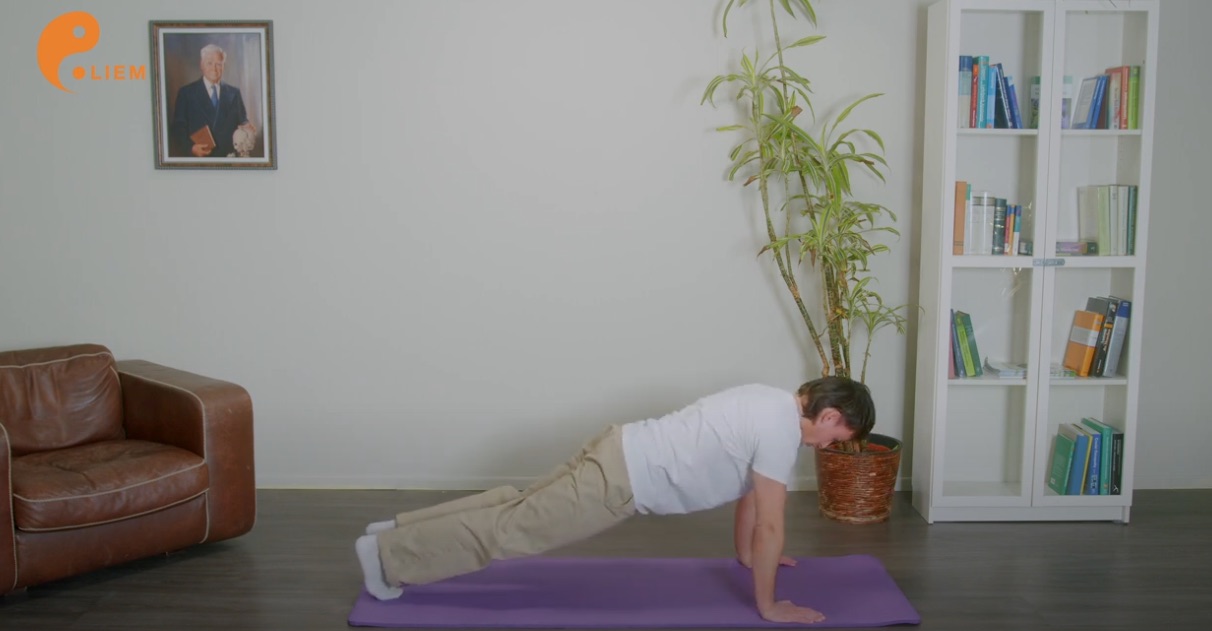
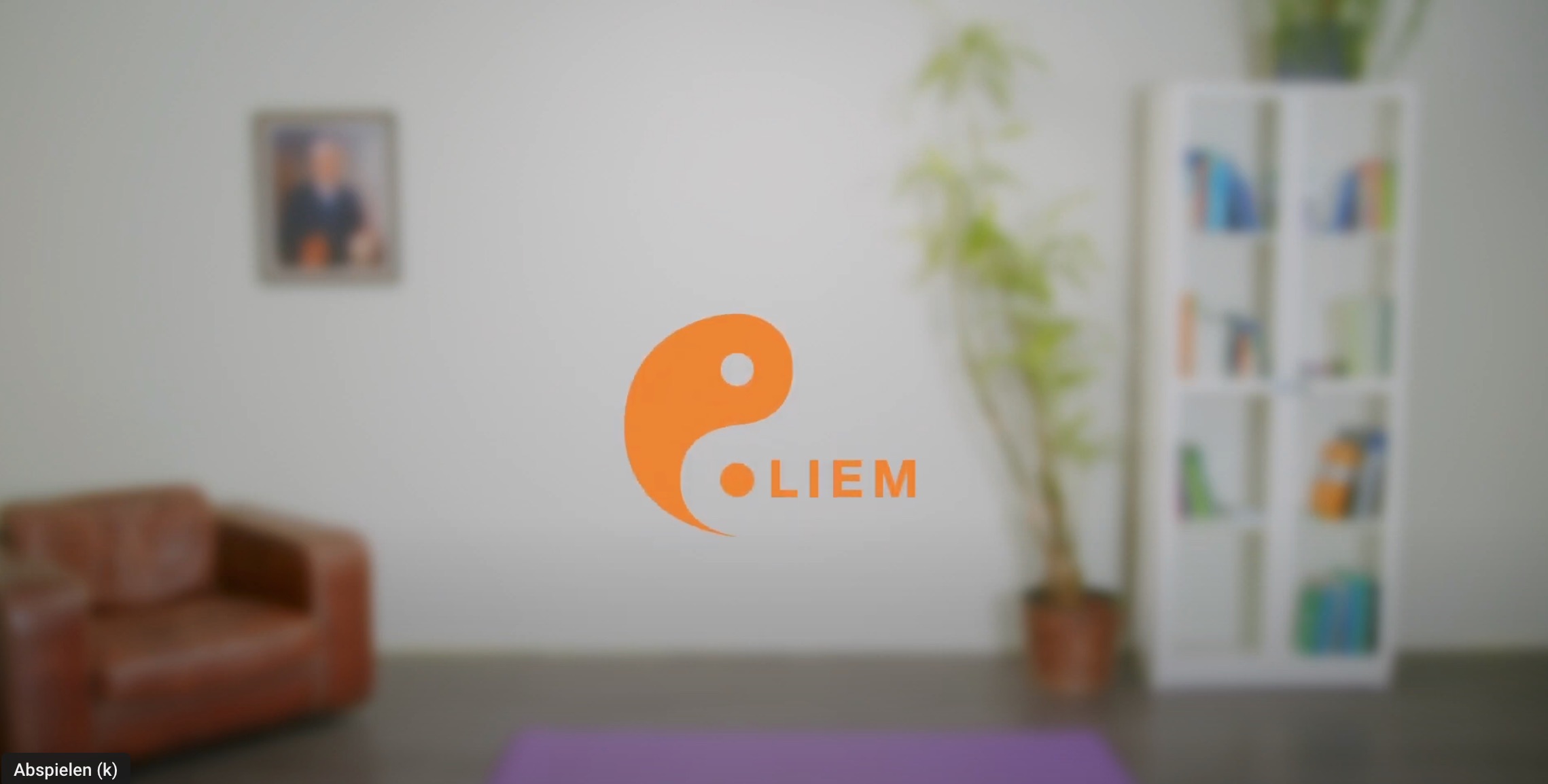
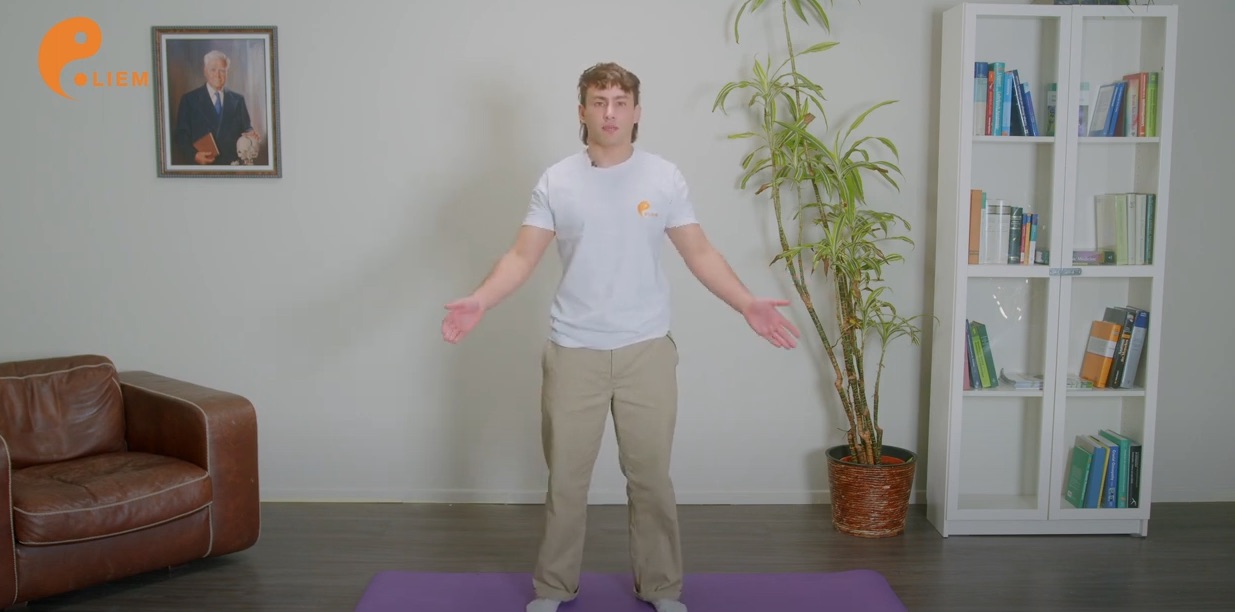

Liem Osteopathy Centre
Frahmredder 16
22393 Hamburg